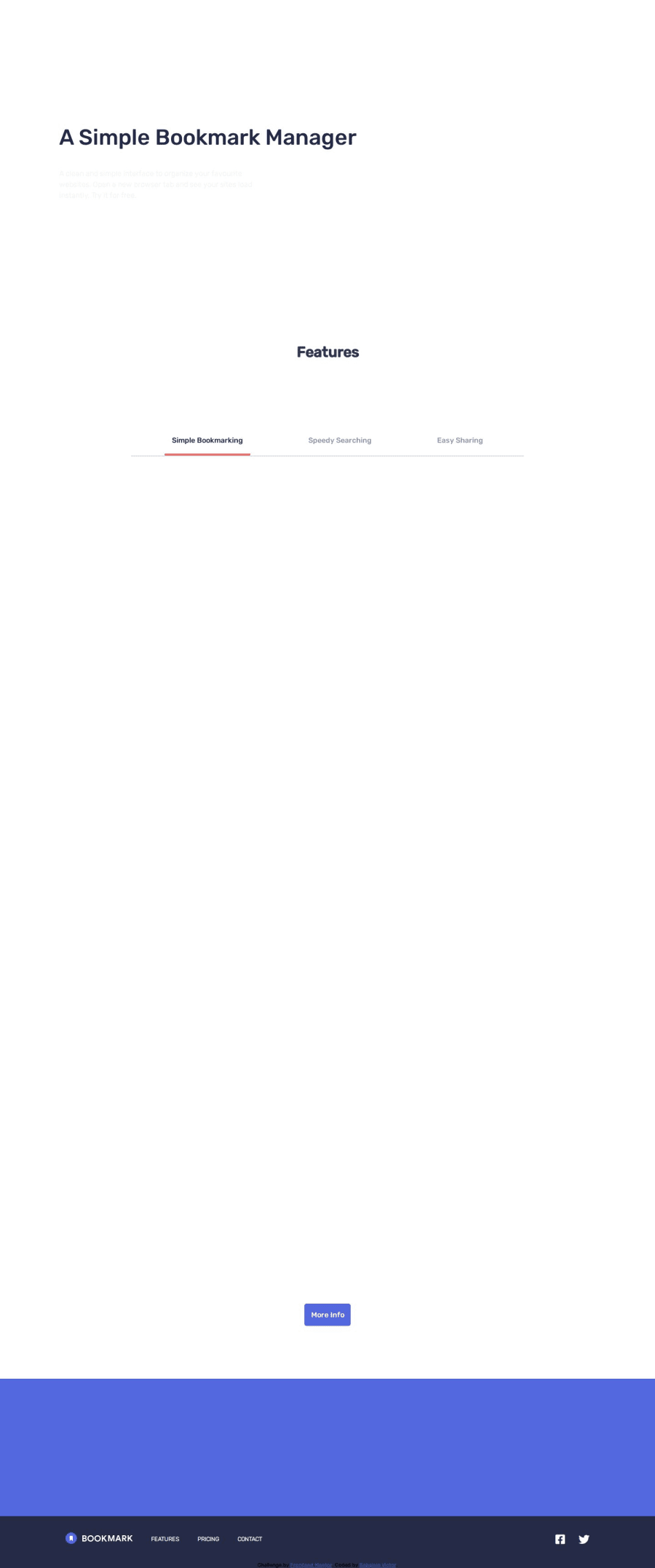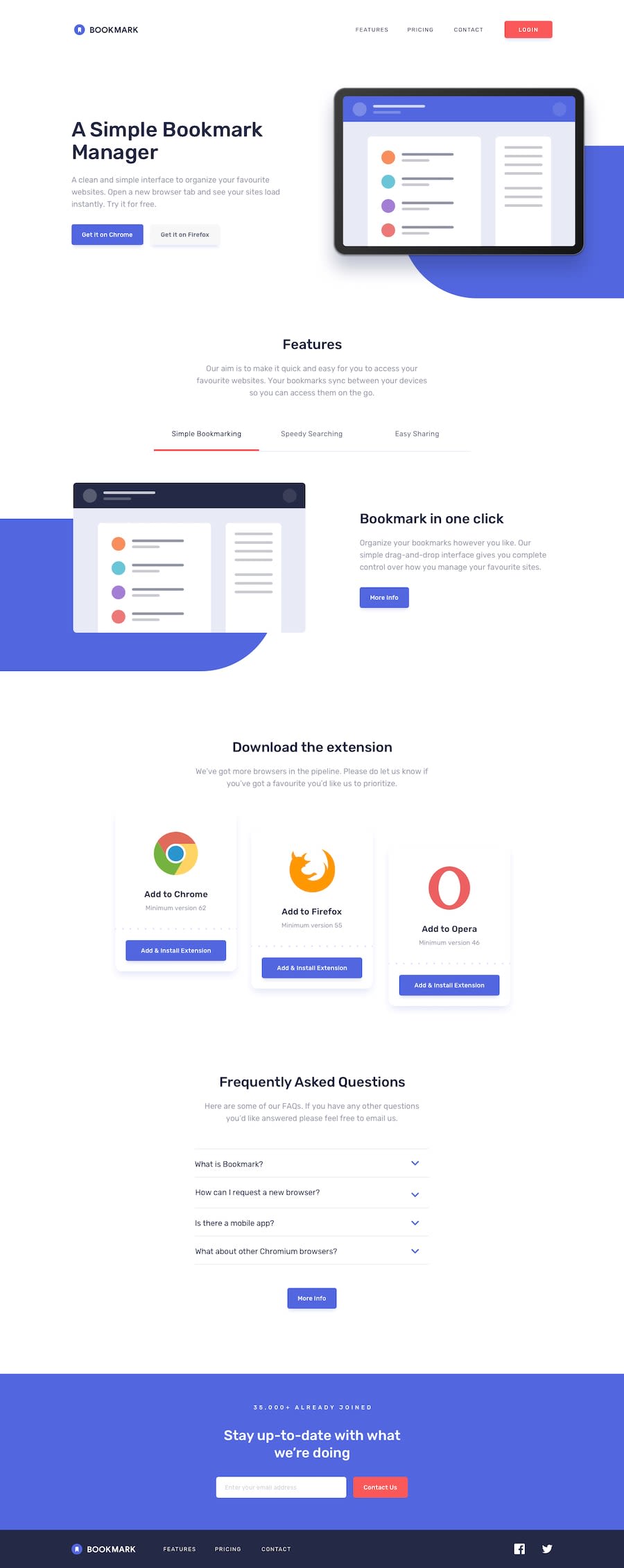
Design comparison
SolutionDesign
Solution retrospective
What are you most proud of, and what would you do differently next time?
This is my first time using a scroll animation, it took me a while to figure out but I'm really glad that it turned out great ! 😁
This by far the best landing page that i have done, and i can't wait to make more amazing webpages and websites !
What challenges did you encounter, and how did you overcome them?The only challenge i faced was how to use the scroll animation
What specific areas of your project would you like help with?Well this is my first time doing scroll animation, so any suggestions on the transitions and delay and better approaches to scroll animation will be highly appreciated, Thanks ! ^_^
Please log in to post a comment
Log in with GitHubCommunity feedback
No feedback yet. Be the first to give feedback on Babalola victor ayomide's solution.
Join our Discord community
Join thousands of Frontend Mentor community members taking the challenges, sharing resources, helping each other, and chatting about all things front-end!
Join our Discord
